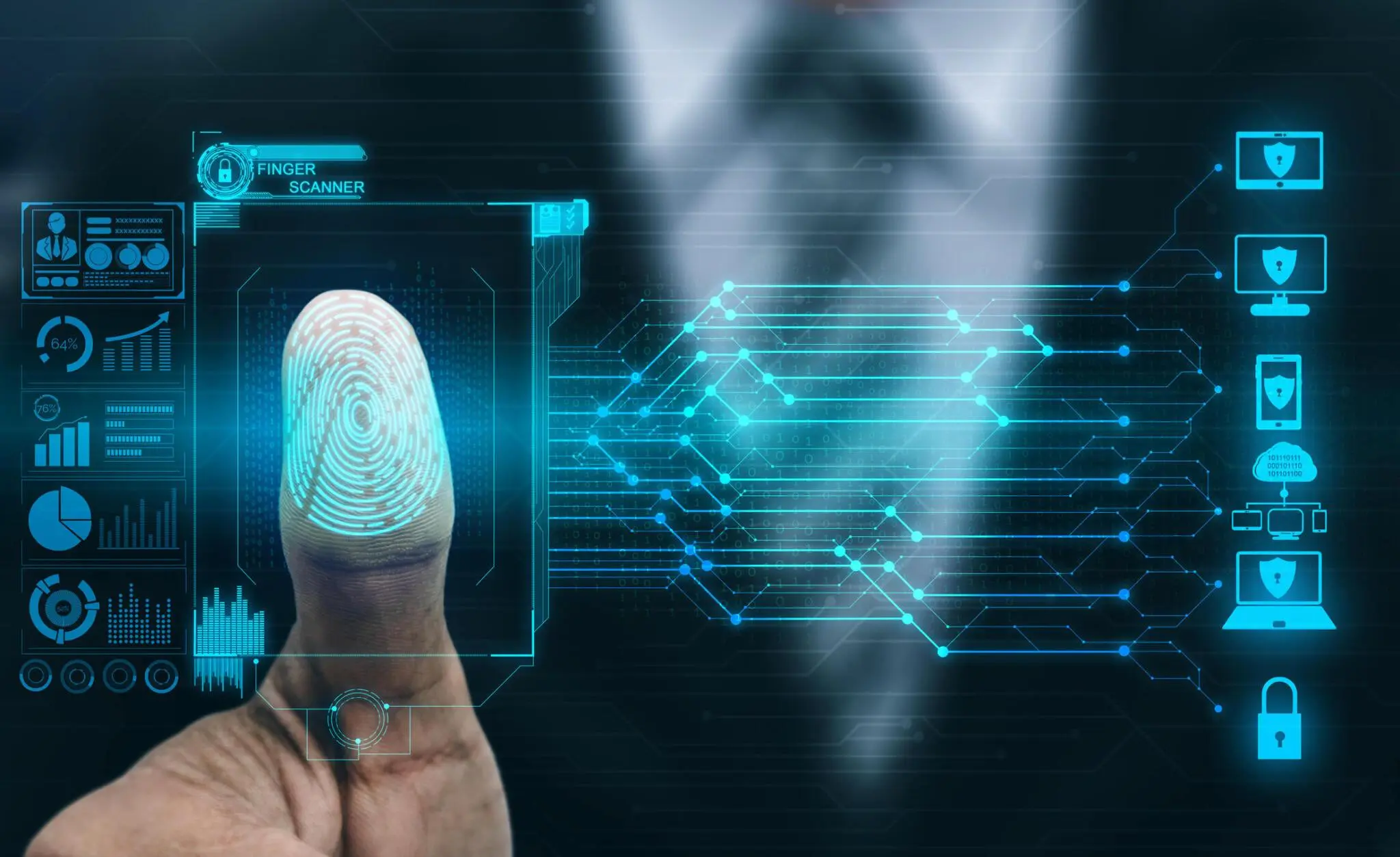The use of exceptional organic characteristics for identification and verification, or biometric technology, is rapidly developing. It is deeply embedded in every part of our daily lives, from fingerprint scanners on phones to facial recognition at airports. In any case, this rapid progress is accompanied by an astounding landscape of challenges and reflections.
This article explores the latest advancements in biometric technology, addressing the main concerns related to security, privacy, and ethical implications. Additionally, we will look into methods for navigating this dynamic environment and ensuring competent performance.
Investigating Advancement In biometric technology, what’s happening?
The field of biometric technology is constantly advancing. These are some important patterns:
- Multimodal biometrics: Expanded security and precision might be accomplished by consolidating a few biometric modalities (like voice and facial recognition) into one framework.
- Apply Biometrics: Identifying unique behavioral patterns through step recognition or example composition provides an additional degree of protection.
- Constant Confirmation: Without needing conscious action, ongoing monitoring of conduct or physiological data provides a progress report.
- AI powered by computers Biometrics: Artificial intelligence and machine learning are transforming biometric architectures, increasing precision and enabling more advanced uses.
- Wearable Biometrics: A variety of wearables, including smartwatches, seamlessly integrate biometric verification into daily life.
Having trouble and thinking Protection, Security, and more
Although these advancements present exciting potential consequences, they raise fundamental questions:
- Security Issues: Biometric information is sensitive and unique by nature. Breaks can lead to financial losses, data fraud, and, shockingly, real harm. Robust security protocols are necessary to protect this important data.
- Recommendations for Privacy: The collection, storing, and use of biometric data give rise to serious privacy issues. The most important thing is to balance personal privacy rights with security requirements.
- Moral Thoughts: Concerns of separation, inclination, and anticipated abuse arise from facial recognition, especially in law enforcement. Ensuring attentive use requires oversight and moral guidelines.
- Regulatory Scene: Biometric technology is rapidly emerging in the lawful and regulatory arena. It is critical for associations using this technology to stay informed and consistent.
Techniques for Examining the Biometric Environment
Associations can exploit biometric technology’s benefits while reducing risks with careful planning and implementation:
- Attention on Security: Implement robust security measures such as access controls, encryption, and routine security audits.
- Transparency and User Consent: Be clear about the collection, use, and storage of biometric data. Obtain explicit user consent before collecting any data.
- Data minimization: Only collect and retain the minimum amount of information required for the intended use.
- Standard Preparation and Mindfulness: Educate users and representatives on the risks associated with biometric technology as well as best practices.
- Stay Up to Date: Keep an eye on the evolving regulatory landscape and adapt your methods accordingly.
A Justifiable Approach to Biometric Technology
Biometric technology has huge potential to improve several aspects of security, accommodations, and personalization. Regardless, investigating this emerging landscape necessitates an equitable approach that prioritizes personal security, protects privacy, and adheres to moral principles. Through an understanding of the latest developments, challenges, and systems, organizations and individuals may make well-informed decisions on the reliable use of this powerful technology.



